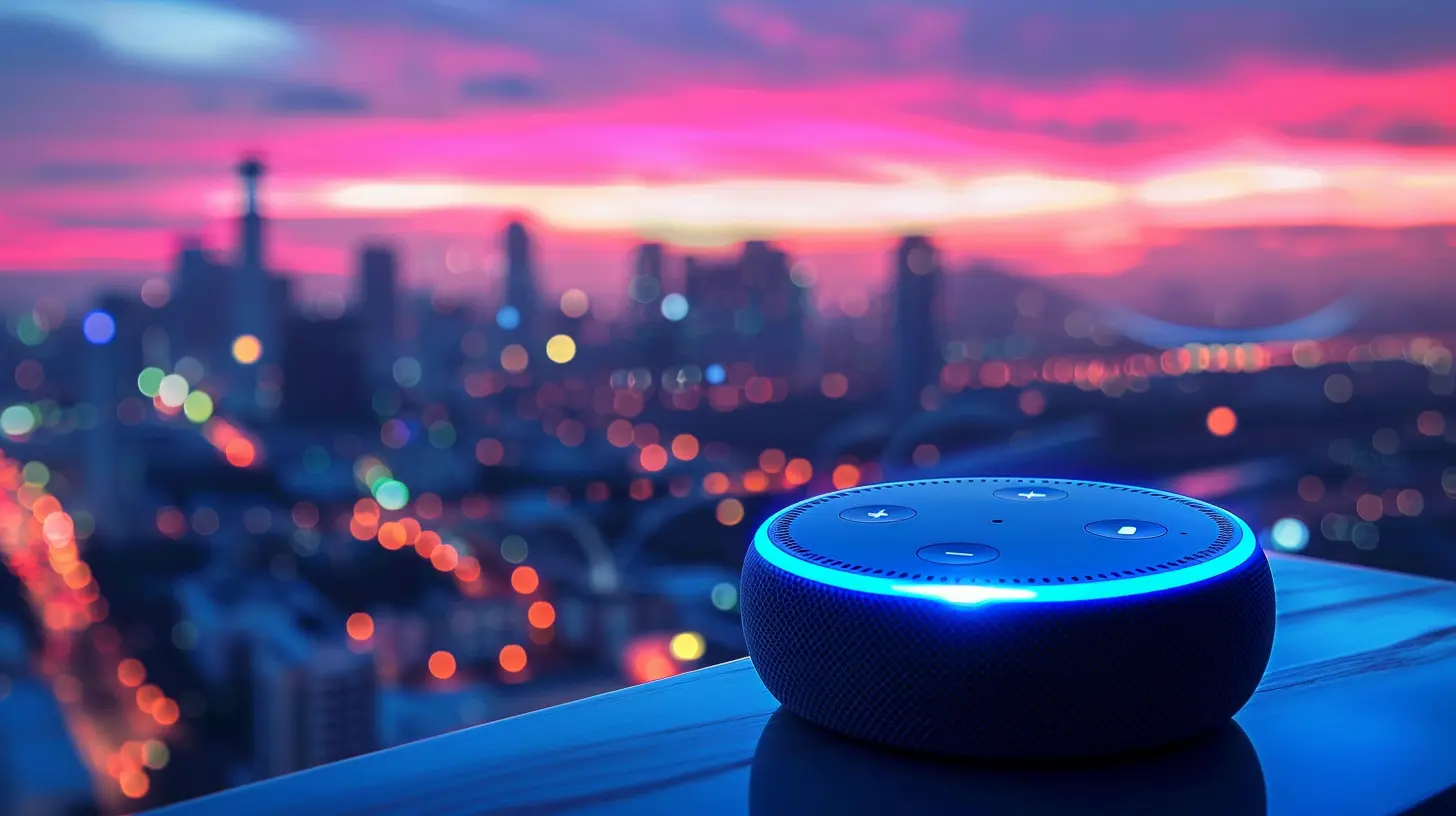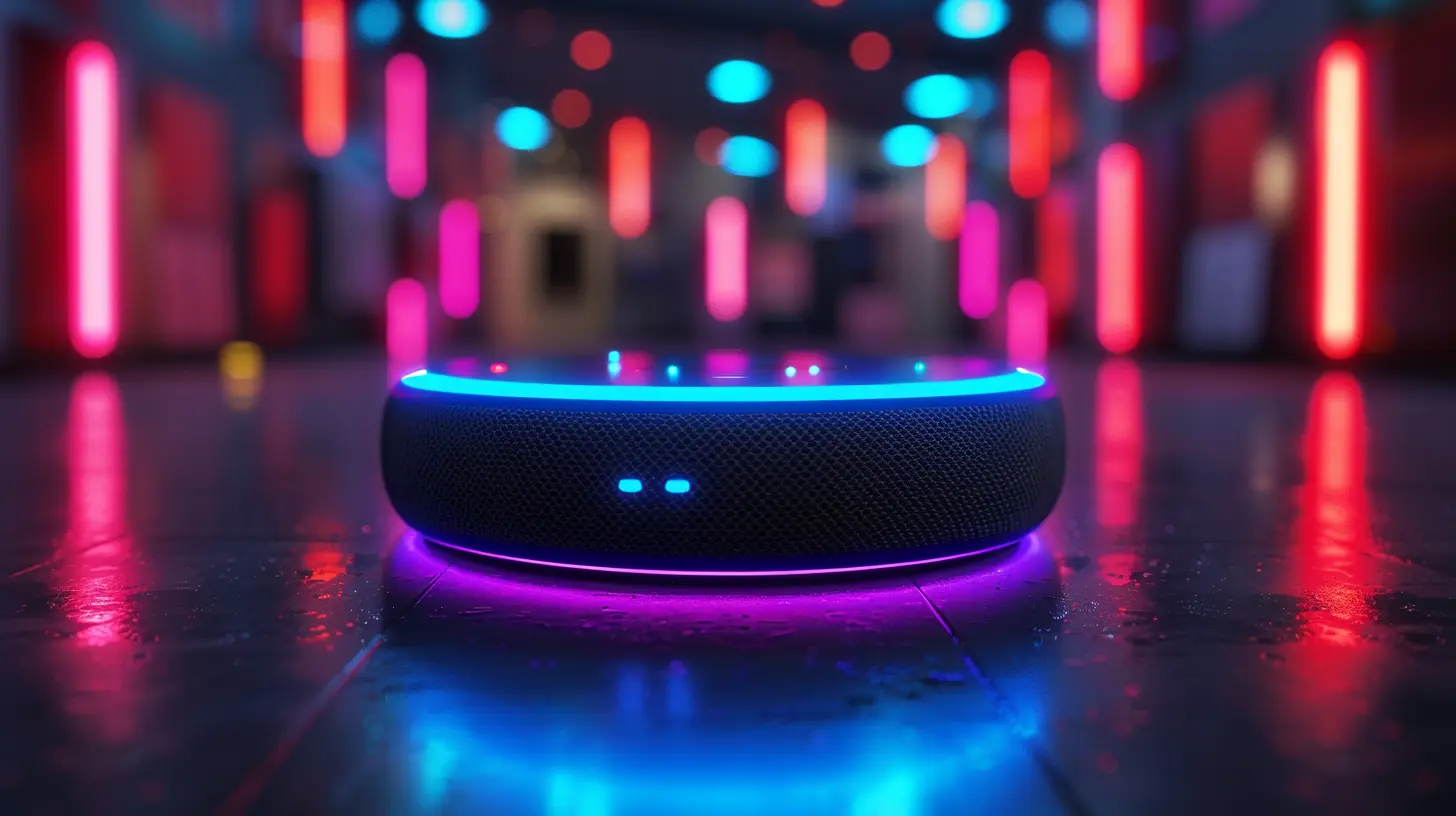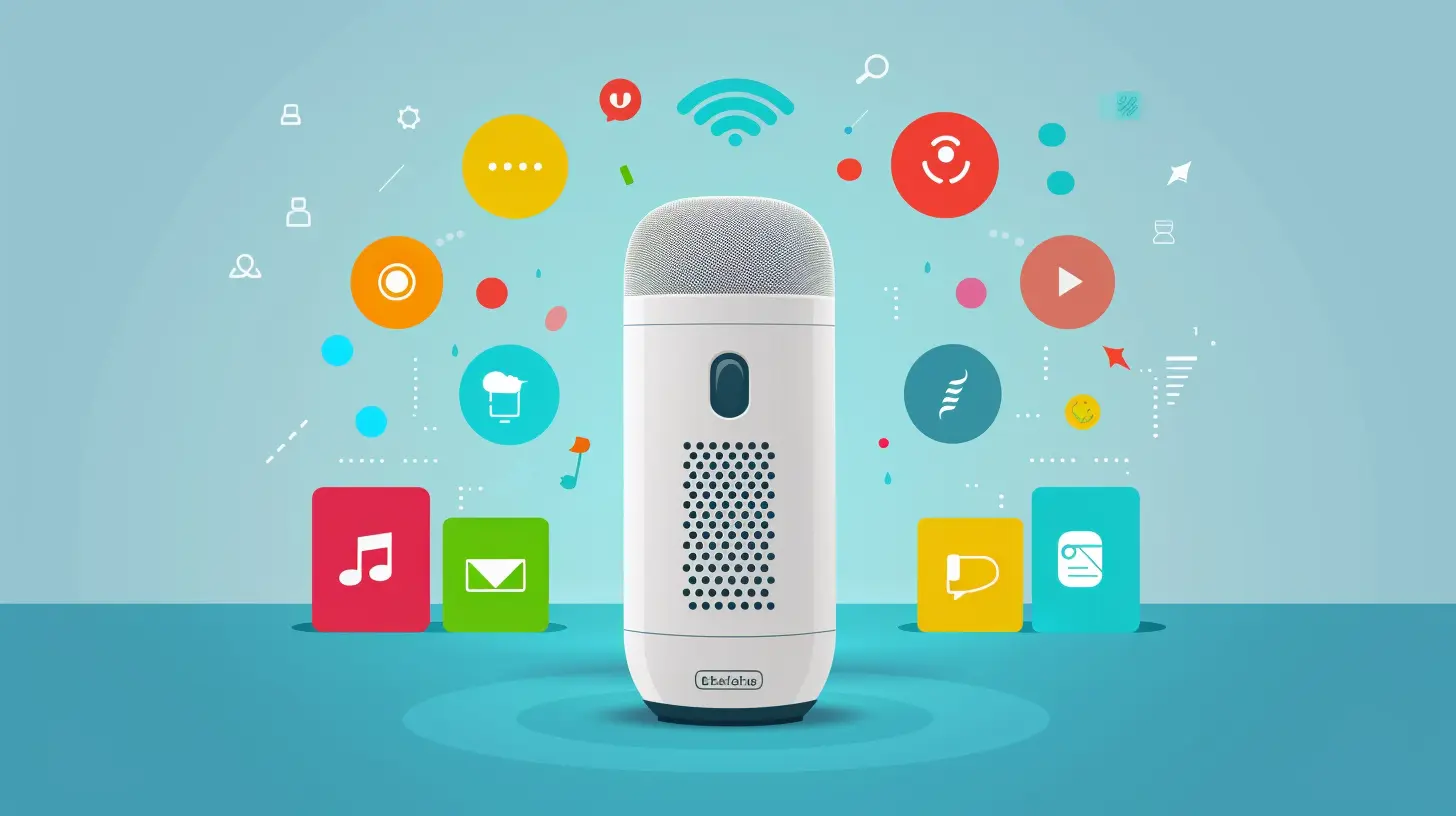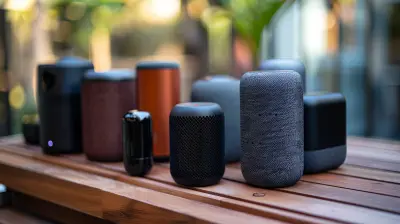The Evolution of Voice Assistants: What Lies Ahead
24 October 2025
Voice assistants—those friendly, sometimes sassy digital companions—have come a long way since their inception. From simple command-based systems to AI-powered conversational agents, they’ve transformed how we interact with technology. Remember the first time you asked Siri a question and got a hilariously off-the-mark response? Yeah, we’ve all been there.
But what’s next? Are we heading toward a future where voice assistants feel like true companions or something out of a sci-fi thriller? Let’s dive into the journey so far and what’s in store for voice assistants in the coming years.

The Humble Beginnings of Voice Assistants
Voice technology has been in the works for decades, but let’s fast-forward to when things got exciting.- 1961: IBM Shoebox – Recognized 16 spoken words and digits 0-9. Impressive for the time, but not exactly the AI butler we envisioned.
- 1990s: Dragon NaturallySpeaking – Speech-to-text technology made a splash, but conversational AI? Still a distant dream.
- 2011: Siri Arrives – Apple introduced Siri to iPhone users, changing the way we interact with our devices. Suddenly, asking your phone to “set an alarm” felt futuristic.
- 2014-2016: A Voice Assistant Boom – Amazon launched Alexa, Google followed with Google Assistant, and voice tech became a household staple.
Now, voice assistants are integrated into everything—smartphones, speakers, TVs, cars, and even refrigerators! But if you think they’ve peaked, think again.

How Far Have We Come?
Today’s voice assistants are light-years ahead of their early versions. They recognize different accents, process context better, and even crack jokes (though their comedic timing is still up for debate). Let's break down how they’ve improved.1. Better Natural Language Processing (NLP)
AI now understands conversations more naturally. Early voice assistants struggled with anything beyond basic commands. Now? They can handle multi-turn conversations, contextual follow-ups, and slang.2. Integration into Smart Homes & IoT
Voice assistants aren’t just confined to phones anymore. They’re controlling everything from lights to thermostats. Forgot to turn off the lights? Just ask Alexa. Need your coffee machine to start brewing? Google Assistant has your back.3. Voice Recognition for Security
Biometrics aren’t just about fingerprints anymore. Platforms like Google Assistant and Alexa use voice matching to differentiate between users in a household. So, when you ask for your schedule, it won’t accidentally pull up your roommate’s calendar.4. Multilingual Capabilities
Need to switch between English and Spanish mid-conversation? No problem! Modern voice assistants can understand multiple languages without needing to be manually switched.5. AI-Powered Contextual Awareness
Today’s AI remembers past interactions—at least for a little while. If you say, “Remind me to buy milk,” and then follow up with, “Actually, make that almond milk,” it understands the change.
The Challenges Voice Assistants Still Face
Voice AI has come a long way, but it’s not perfect. Here are some hurdles still in the way.1. Misinterpretation of Commands
Ever tried setting a reminder only for your assistant to mishear it completely? Yeah, that’s still a thing. While AI has improved, it still struggles with background noise, accents, and unclear speech.2. Privacy Concerns
Let’s be honest—there’s always a lingering fear that voice assistants are eavesdropping. Companies insist they only activate when called upon, but incidents of accidental recordings haven’t helped their case.3. Lack of Emotional Intelligence
Voice assistants can respond to commands, but can they truly understand emotions? Not really. If you tell Siri, “I’m feeling sad,” you might get a generic response like, “I’m here for you.” While sweet, it’s nowhere near human-level empathy.4. Limited Offline Functionality
Most voice assistants need an internet connection to process requests. Offline capabilities are improving, but we’re not at the point where they can handle complex requests without connectivity.
What Lies Ahead for Voice Assistants?
Alright, enough about the past—what’s next? Here are some futuristic (but not too far-fetched) possibilities for voice assistants.1. Hyper-Personalization
Imagine a voice assistant that doesn’t just recognize you but fully adapts to your personality, habits, and preferences. It’ll know your favorite coffee order, your daily routine, and even remind you to call your mom before she gets mad.2. Real-Time Emotional AI
Future voice assistants will likely analyze tone, pitch, and context to gauge mood. Feeling frustrated? It might respond with a calming tone. Sound excited? It could match your enthusiasm. This could revolutionize mental health applications.3. Advanced Conversational Abilities
Right now, voice assistants are like enthusiastic interns—helpful, but not always great at complex conversations. In the future, expect deeper, more nuanced discussions where AI can hold extended, intelligent dialogue without sounding robotic.4. Integration with Augmented Reality (AR) and Virtual Reality (VR)
With AR and VR gaining traction, voice assistants could become guides inside virtual spaces. Picture this: You put on AR glasses, and your voice assistant appears as a holographic companion, helping you navigate tasks effortlessly.5. Hands-Free, Device-Free Assistance
We’re already moving toward screenless interactions, but what if you didn’t need a physical device at all? Future voice technology could operate via ambient computing—where assistants are built into the environment and respond whenever needed. No wake words, no devices—just seamless interaction.6. AI Assistants as Digital Clones
This one’s wild: Imagine an AI version of yourself that mirrors your voice, speech patterns, and even decision-making logic. Need to schedule meetings but don’t have time? Your AI clone can do it exactly how you would. Slightly eerie, but undeniably cool.The Ethical Dilemma: How Much AI is Too Much?
With all these advancements, we also have to ask: How much control should we give AI? As voice assistants become more autonomous, there’s a fine line between convenience and privacy invasion.- Should voice assistants always listen, even without wake words?
- Would you trust an AI to make decisions on your behalf?
- Could we become too dependent on them, losing basic problem-solving skills?
The future of voice assistants isn’t just about technology—it’s about how we, as a society, choose to integrate them into our lives.
Wrapping It Up
Voice assistants have come a long way from their clunky, limited beginnings. We’ve gone from simple voice commands to sophisticated AI-driven interactions. But this is just the beginning. The next wave of voice technology will bring more personalization, emotional intelligence, and seamless integration into our daily lives.But as we move forward, we must navigate privacy concerns, ethical dilemmas, and the ever-present question: Are we controlling AI, or is AI controlling us?
One thing’s for sure—our digital assistants will be sticking around, whether we’re ready for it or not.
all images in this post were generated using AI tools
Category:
Tech TrendsAuthor:

Gabriel Sullivan
Discussion
rate this article
1 comments
Sophia Wade
Voice assistants might evolve into our best friends, but let’s hope they don’t start reminding us to take out the trash!
November 3, 2025 at 1:33 PM

Gabriel Sullivan
While voice assistants may become more integrated into our lives, their role should ideally focus on enhancing convenience without intruding on personal responsibilities.


